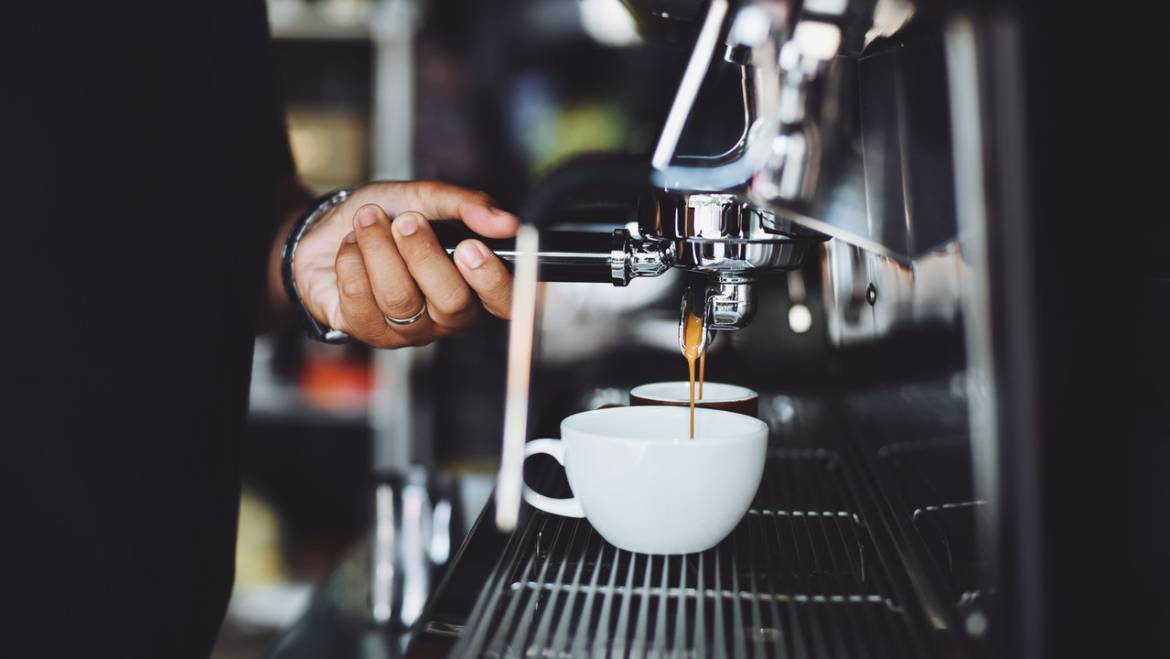When baristas or coffee connoisseurs use the word "crema," you might have questioned what they were talking about on earth. The coffee industry is divided on the subject of crema.
Some refer to it as the lone real indicator of a good espresso shot—the holy grail of good espresso. Others dismiss the fanfare as unwarranted.
Everything you need to know about cremation will be covered here, including where to find a mobile coffee van in Adelaide.
What Is Crema?
Best known as crema, this is the thin layer of foam on top of a freshly brewed cup of espresso. The term "crema" refers to the mixture of minute CO2 bubbles produced during the brewing of the best coffee in Adelaide.
It tends to be a little tastier and more aromatic than the espresso that lies beneath, though it is debatable how much flavour it adds.
What Causes Crema?
Crema is produced via a reasonably straightforward chemical process. Espresso machines operate with a pressure of 9 bars or 130 pounds per square inch and temperatures almost boiling (psi).
For comparison, an automobile tire has a pressure of about 35 psi. The CO2 is removed from the coffee molecules by the pressure fluctuations and intense heat.
The layer of espresso foam is created in essentially three steps. First, the espresso machine's intense pressure "degasses" the bean and releases CO2 into the air.
The hot water's abrupt PH shift in response to the grounds also aids in emulsifying the oils on the outside of the grounds. Finally, the espresso's abrupt pressure changes as it leaves the machine, allowing the CO2 to escape through the cell walls.
Emulsification, or the mixing of the natural oils on the beans and the water, is the main step that affects the crema itself. These two compounds shouldn't normally be able to mix. However, the oils on the coffee and water can momentarily mix or "emulsify" under intense heat and pressure.
Tight emulsification, or a more firmly bound CO2 bubble, indicates that the espresso was properly brewed. As a result, the foam is longer-lasting, less watery, and foamier.
Quality beans and correct brewing lead to better emulsification, which is one of the reasons experts use the crema to assess the espresso's quality.
What Elements Are Part of Crema?
Although the crema is created during the brewing process, numerous other elements contribute to good crema.
Coffee Bean Type
The kind of bean used is the first-factor affecting crema's quantity and quality. Arabica and Robusta coffee beans are used to make almost all of the coffee consumed worldwide. Arabica is typically thought to be sweeter and has fruitier flavours. Robusta is far bolder, spicier, and has earthier undertones. Robusta also frequently yields superior, thicker crema. It is the most widely used bean for espresso because of this.
Process Used to Process the Beans
Different regions prepare beans in varied ways as a result of different climates.
After the coffee berry is harvested in hot, sunny locations like Africa, the whole bean and its surrounding pulp are left outside in the sun to dry. The pulp is destroyed by the sun and high temperatures, leaving only the coffee bean. Most oil, which is the main component of crema, is retained using this technique.
The pulp is removed from the bean and then let to dry in less sunny places like South America. This maintains some oils, but it's not as effective as the earlier technique.
Finally, the bean's pulp is entirely removed before it is mechanically dried in areas where there is insufficient sunlight for outdoor drying. This results in inferior crema as the majority of the oils are removed.
Roasting Level of the Bean
Darker roasts concentrate most of the oils on the bean's surface, where they are more likely to be lost during storage and delivery. Therefore, darker roasts yield less crema than lighter ones.
Date of Coffee Roasting
The oils on the beans start to evaporate as soon as they are finished roasting. Although the recommended period varies slightly, most coffee experts agree that the greatest time to make the coffee is four to five days after roasting. If the coffee is extracted too soon, too much CO2 will mask the flavour and inhibit thorough extraction. The bean will have lost its oils if it is too late to generate espresso crema.
Conclusion
Some folks take pleasure in crema. Their espresso drinking experience by a mobile barista in Adelaide may be improved by the presence of a smooth layer of foam, especially if it is substantial and foamy. Crema's actual significance is entirely up to you. Do you prefer your espresso with a foam top? Do you like the flavour? If you said "yes," then you would enjoy crema. If not, don't worry; scrape it off and drink your cappuccino; no one will condemn you.
Lygon Coffee is your go-to Adelaide mobile coffee shop. Our expert services, from Mobile Coffee Van to Pop-up Café, will unquestionably provide exceptional coffee blends every time. Book our Mobile Coffee Van today!




Add Comment